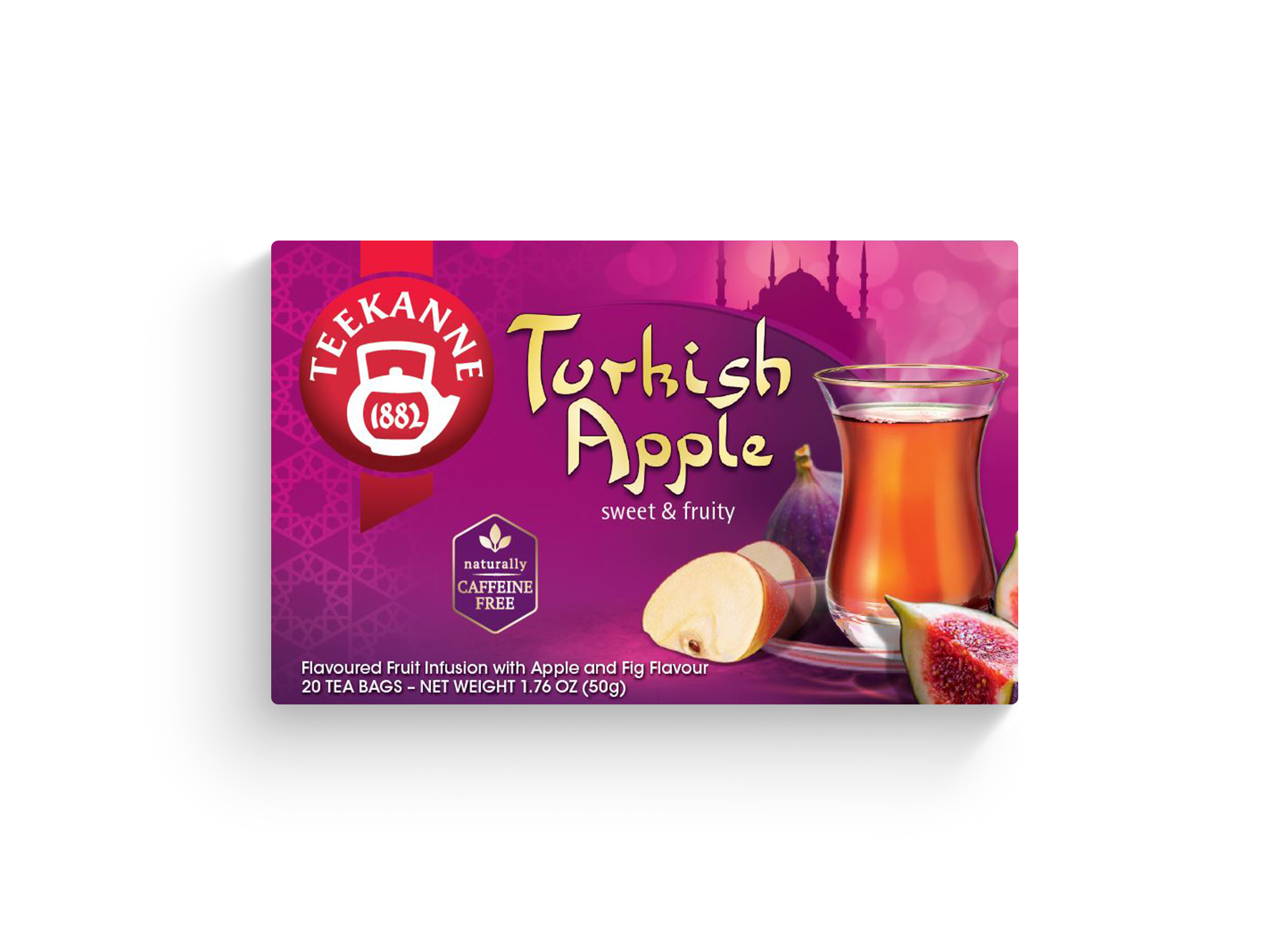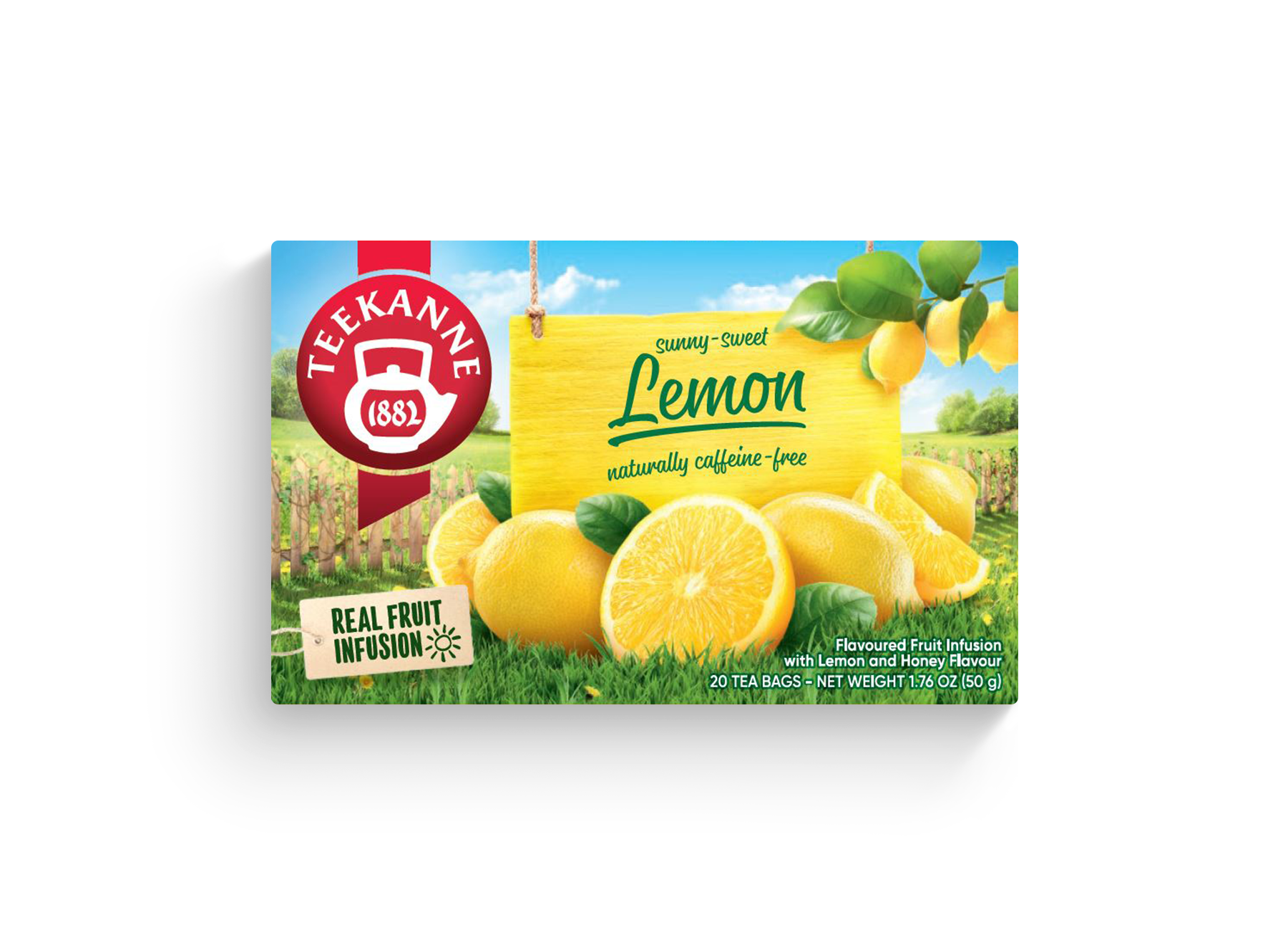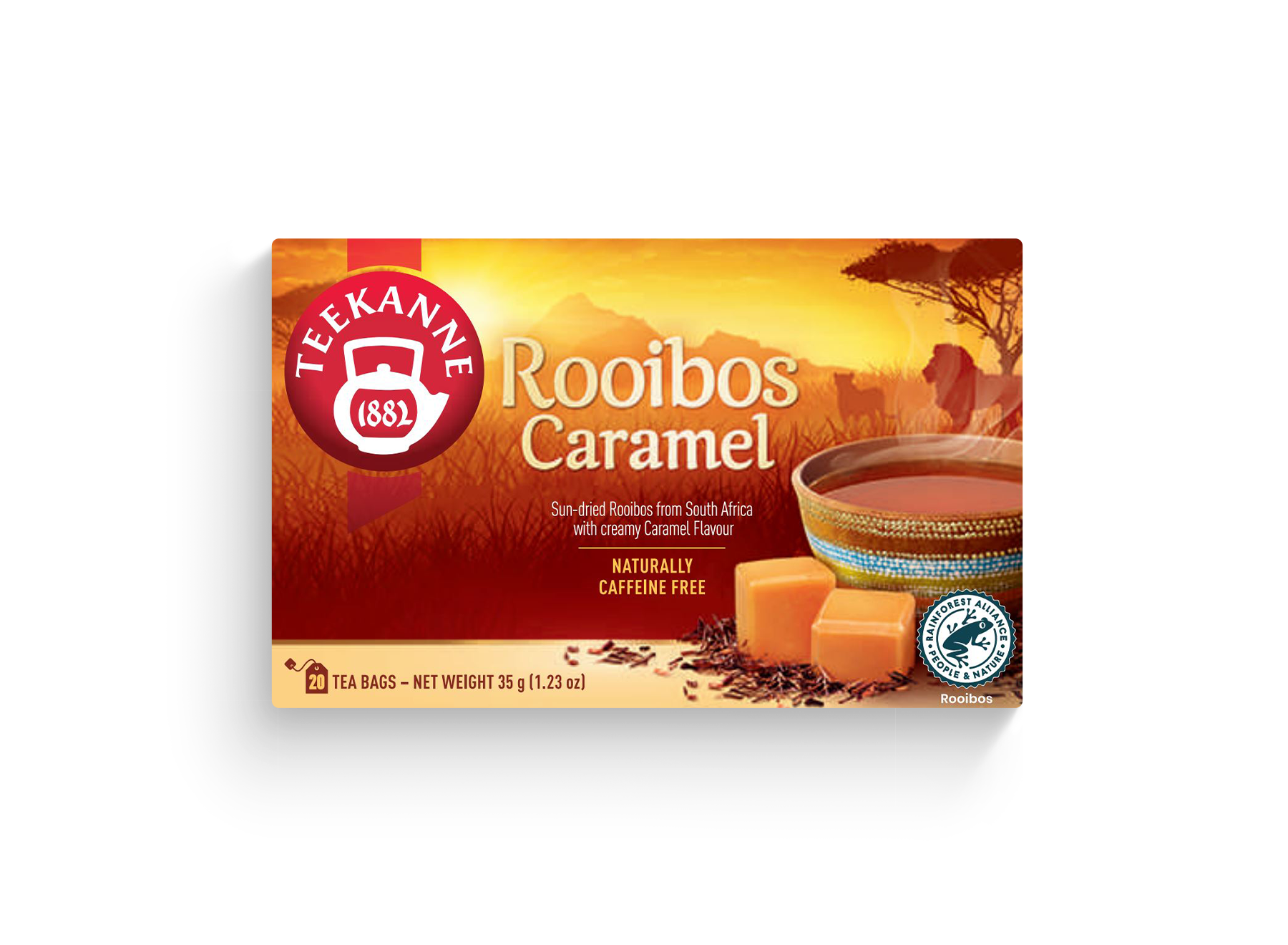Frequently Asked Questions
The name East Frisian tea does not mean that the tea is grown in East Frisia; the harsh climate there is completely unsuitable for growing tea. Rather, it is a designation for a particular flavour that is very popular in East Frisia.
The basis of an East Frisian tea blend is the strong, balanced, malty Assam tea, which, depending on the recipe, is refined and rounded off by high-quality Darjeeling, Ceylon, Java or Sumatra varieties. The East Frisians prefer to drink their tea with Kluntjes (rock candy) and Rohm (cream).
This popular flavoured black tea is named after Earl Grey of Howick Hall, who was Prime Minister in Britain under King William IV in the early 19th century. The fine aroma of Earl Grey tea comes from oil of the citrus fruit bergamot (citrus bergamia).
There are many legends surrounding the name. The most plausible one is the following: In his capacity as prime minister, Earl Grey sent a messenger on a diplomatic mission to China. This messenger happened to save the life of a Chinese mandarin (a mandarin is a senior Chinese bureaucrat), who sent Earl Grey a wonderful tasting, flavoured tea to England out of gratitude. This tea was flavoured with bergamot oil. Earl Grey was delighted because of the pleasant taste and ordered only this tea from his tea merchant from then on. In the course of time, this tea was eventually named after its first “lover”. Today, Earl Grey tea is one of the world’s most popular blends.
The English blend exists mainly outside England. Blends of this kind contain teas of different origins and, with their strong flavour, are typical of the majority of teas consumed in England. Milk and sugar go well with the English blend.
Russian tea is also called caravan tea. In the past, this was the name given to tea that came from China and arrived in Europe via Russia on the backs of camels. Today, Russian tea is available as a “Russian blend”. It has a slightly smoky taste.
The addition “Orange Pekoe” indicates the leaf grade of the tea, i.e. it is a leaf size designation for tea. Orange Pekoe refers to a long wiry leaf. The word “orange” is said to go back to Oranien, the Dutch royal house, and to mean “royal” in tea. Another interpretation comes from the Malaysian “orang” meaning “big”.
Green and black tea do not differ in origin, both come from the same tea plant. The difference comes from the manufacturing process. Black tea, in contrast to green tea, undergoes a fermentation process.
Our product TEEKANNE Fennel is a natural product. Apart from the fennel fruits, no other ingredients are included (mono-product).
Rooibos tea or Massai tea is made from the fermented young shoots and needle-like leaves of the plant Aspalathus linearis, which is native to South Africa. Rooibos belongs to the family offamily (Leguminosae) and grows shrub-like between 50 and 200 centimetres high.
Before fermentation, the leaves and twig tips are cut into pieces about 0.5 centimetres long, moistened with water, crushed and left to ferment in layers 10-15 centimetres high for 8-24 hours.
During this process, aromatic substances are formed and the leaves turn from green to reddish brown, the typical redbush tea colour. They are then dried in the sun within one to three days.
Unlike black or green tea, Rooibos tea does not naturally contain caffeine.








